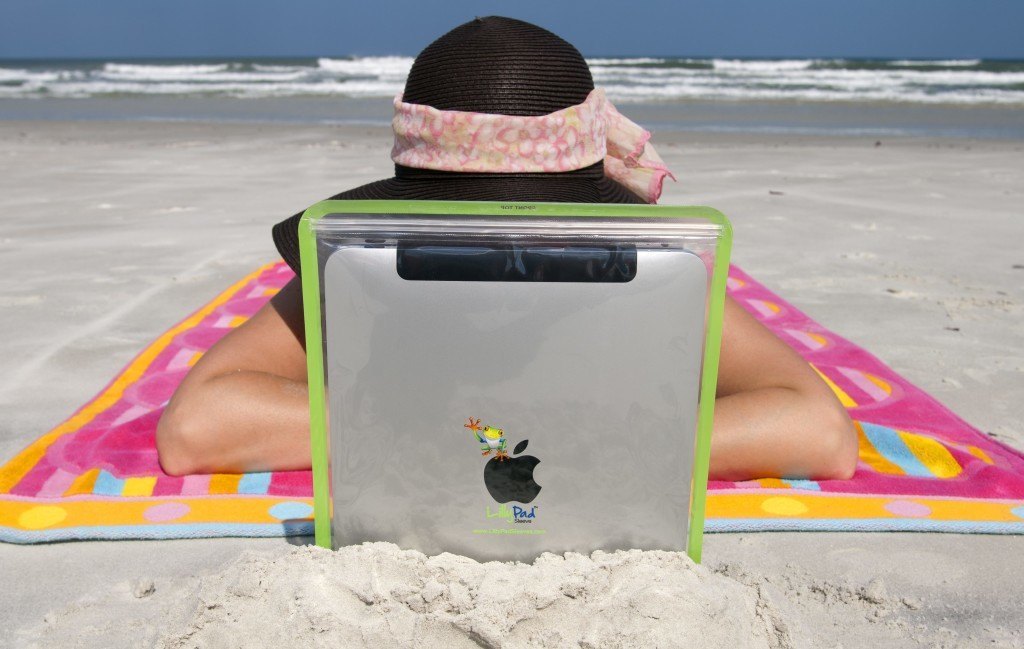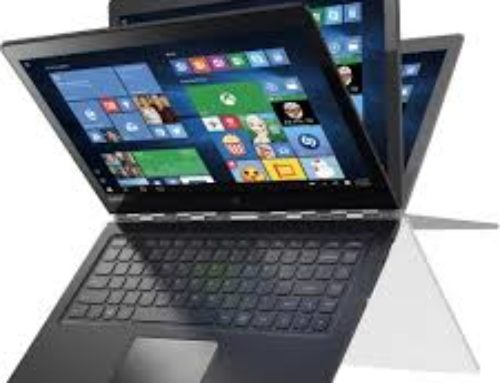
Remove the Case Carefully
If sand has found its way in, you will need to remove the case, very carefully. You may have sand on the surface, which could cause damage to the shell or the screen.
Avoid plugging your device in as the sand could cause permanent damage, depending on where it had lodged itself. This could ensure your device never works again. You also want to avoid plugging anything into the USB ports or other ports until you know all the sand is gone.
Another thing you want to be careful of is pushing the buttons. These could have sand lodged within them and could cause damage.
Getting the Sand Out
Ridding your Kindle or iPad of sand is a delicate process. These devices use solid-state storage drives, which means they don’t have any moving parts inside. If sand has made it into the speaker hoes, you can simply shake or tap the device gently to get it out.
Opening up your device will void the warranty, so you don’t want to do this to clean out the sand. Instead, you can use a shaving brush or another small, soft bristled brush to get the sand out of the cracks and crevices. Soft bristles will keep you from scratching anything and will help get the sand out of the small cracks.
Another way to help you get sand out of your device is to use a can of compressed air. You don’t want to go too powerful, however. Avoid using an actual air compressor. A simple can of compressed air used for dust will work just fine.
Protect your Device
After getting the sand out of your Kindle or iPad, you will want to take precautions to protect it next time you head to the beach. You can use a large Ziploc bag or watertight case to help you keep it protected from water and sand.


Leave A Comment